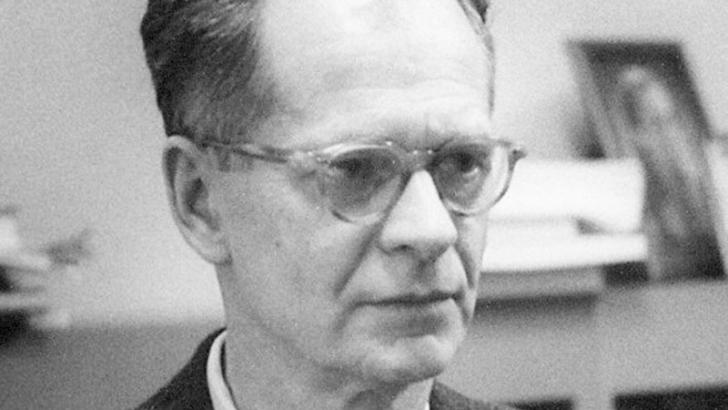Industrial Organization Theory (IOT) & Resource-Based View (RBV)Theory
There are two performance theories in strategy and management; the Industrial Organization Theory (IOT), and the theory known as the Resource-Based View (RBV)
One of the fundamental questions in the strategy and strategic management and even with leadership has to do with why one firm in the industry can outperform the other firms in the industry.
This is an important question, given that an industry is a group of companies that offer similar products or services and have access to and control similar assets and resources are intended to satisfy the same basic customer needs and wants.
To make some choices, consider the following scenario in which you have access to plenty of capital to open your own restaurant in one of two available locations.
- Location A is in an urban area near a large college campus with many dining options nearby.
- Location B is in the rural area near a large college campus and relatively fewer dining options nearby?
Which location would you choose? Would it be fine dining in fast food?
What cuisine would be your choice? Now and choose, then continue in the restaurant scenario.
What decided on the type of restaurant you would start? For instance, it might have been the urban versus rural area, or it might have been the availability of other dining options.
In either case, such a decision would reflect the Industrial Organization Model theory. In contrast, if the hypothetical question is what type of restaurant you want to start and your answer is based on your cuisine that you know, then it would reflect the (RBV) theory.
The Industrial Organization Model
The Industrial Organization Theory (IOT) argues that the external environment is a constraint around which a successful strategy must be formulated. This is driven by the assumption that industry firms utilize similar resources is, and moreover, any required resources are not firm-specific but available to all the firms.
In our restaurant scenario, you’re going where the market is most attractive and will formulate your strategy around it; thus, you can access the same ingredients, tools, and other assets.
💥🎁 New Year & Easter Deals On Amazon !
Don't miss out on the best discounts and top-rated products available right now!
🛒 Shop Now and Save Big Today!*As an Amazon Associate, I earn from qualifying purchases.
Finally, the decision-makers are rational people, and that’s predictable. Any assets are skills deemed necessary will be acquired as needed.
Resource-Based View Theory
The Resource-Based View (RBV) gives less initial intention to the external environment and focuses instead on the resource is and specific capabilities. One strategist is based upon the assets and resources that ideally provide a unique but at least valuable capability.
In our restaurant scenario, we might know how to make pieces have a secret sauce based upon some unique combination of ingredients or newly discovered blending process organizations can have many resources and, therefore, many capabilities.
The major distinction between the Industrial Organization Model theory and the resource-based view (RBV) is that the resource-based view specifically seeks to identify a combination of the resource is that might create a capability that could lead to a competitive advantage.
However, most capabilities are simply those standard abilities necessary to compete in the industry.
For example, all piece of restaurants has cooks and evidence to make and bake pizzas.
A strategy’s ability is different from most of the industry rivals and, given certain criteria, could be a core competency. This core competency is a strategic ability from which an advantage, specifically a competitive advantage, the ability to outperform rivals is possible, as you might have begun to realize at this point is that the two theories, as the same goals, represent two sides of the same coin.
The strategic theories provide us two different strategy formulation models concerning how a company achieves above-average returns.
Thus, each captures a portion of the full set of decisions and actions necessary for a firm to be strategically competitive and achieve returns in excess of the industry average.
One uses tools and frameworks to identify opportunities and threats, while the other users’ tools and frameworks to identify strengths and weaknesses.
💥🎁 New Year & Easter Deals On Amazon !
Don't miss out on the best discounts and top-rated products available right now!
🛒 Shop Now and Save Big Today!*As an Amazon Associate, I earn from qualifying purchases.
